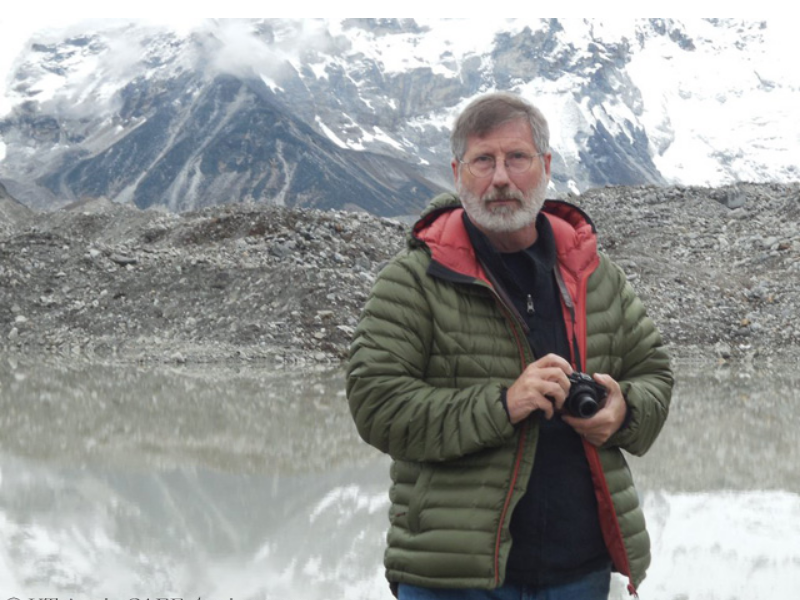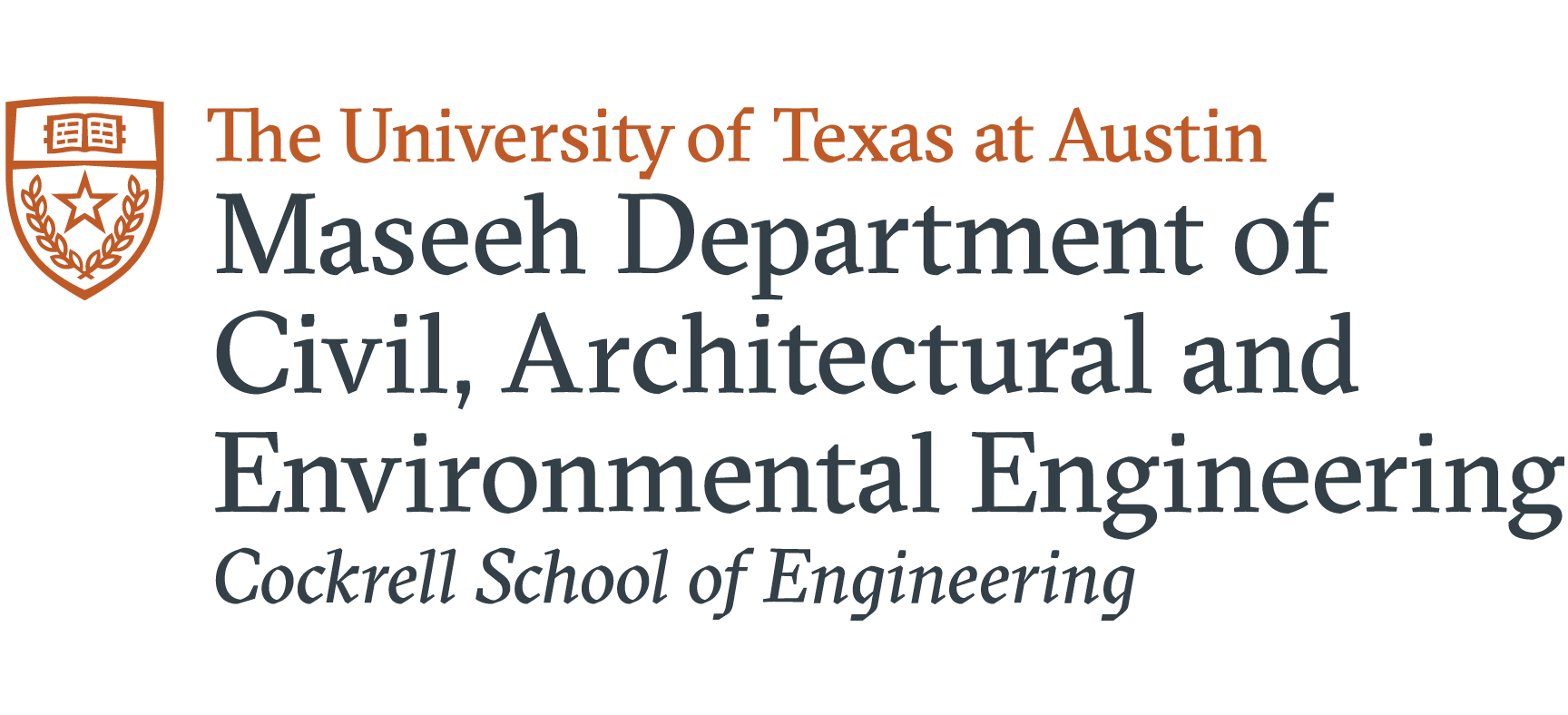CAEE Awarded $1.5M NSF Grant to Reduce Glacial Lake Outburst Flood Risks
Professor Daene McKinney will serve as the Principal Investigator of a $1.5 million, 3-year National Science Foundation (NSF) grant to study community-based approaches to reducing glacial lake outburst flood risks in Nepal.

Over the past several decades, hundreds of glaciers in mountainous regions have been melting, leaving behind new glacial lakes. These lakes present a risk of glacial lake outburst floods (GLOFs), an increasing risk for communities that reside downstream. Scientists and engineers are concerned about the high potential for extensive loss of lives and severe damage to transportation infrastructure, hydroelectric power facilities, and agriculture.
McKinney, an expert in sustainable management of water resources and developing management tools for glacial lakes, will also work with researchers from the University of Colorado and Arizona State University.
The NSF-funded research will capture unique knowledge of glacial lakes and the communities that live near them, sharing this with researchers and decision-makers who are challenged by similar problems in the U.S. and other locations affected by melting glaciers. The project will integrate in situ physical and societal observations with geospatial analyses, intensive glacial hydrology and outburst flood modeling, key respondents’ interviews, and community-level mappings and focus groups.
“This research will provide essential knowledge to local communities and other government levels to guide planning and development to minimize the risk of these high mountain lakes,” said McKinney.
For the past several years, McKinney has worked in Nepal and Peru to understand the impacts of glacial melting on the communities there. As part of the High Mountains Adaptation Partnership (HiMaP) team, he recently led a rapid-response mission where he conducted field-based assessments of the April 25 Nepal earthquake’s impact on the country’s potentially dangerous glacial lakes.
While other scientists around the world are performing similar research, a key distinction of the team’s work is collecting on-the-ground data rather than relying on satellite images, as well as working directly with locals affected by the problem.
